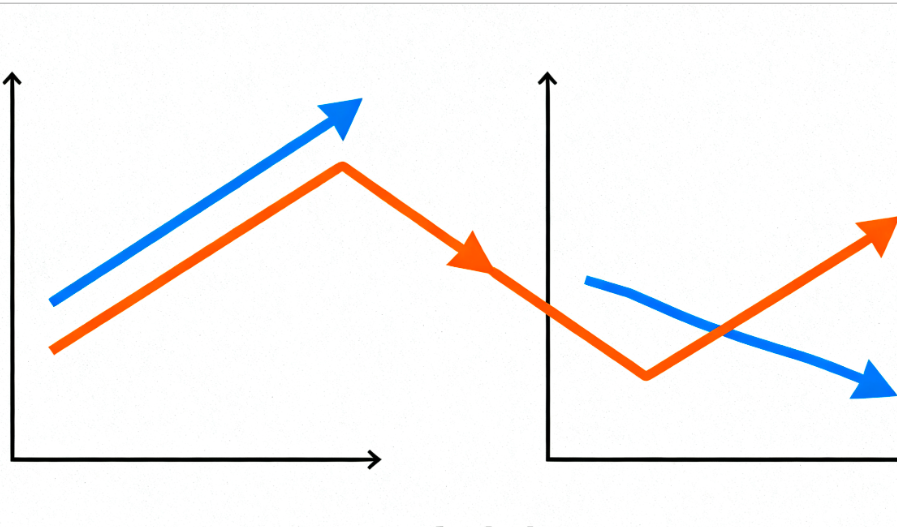
Is Another Private Credit Crisis Emerging on Wall Street?
The incident began when automotive parts supplier First Brands filed for bankruptcy protection on September 28, leaving behind $5.8 billion in leveraged loan debt and bringing its total debt close to $12 billion. This otherwise ordinary bankruptcy filing drew attention when the company's CEO, Patrick James, stated during the proceedings that nearly $2 billion was unaccounted for.
As the CEO and sole equity owner of First Brands, James successfully secured over $10 billion in loans from multiple major institutions, despite a history of lawsuits from business partners. First Brands had long relied heavily on off-balance-sheet financing, particularly short-term loans collateralized by funds owed by customers like AutoZone. Excessive reliance on off-balance-sheet financing can inflate financial metrics and easily trigger a liquidity crisis when debt defaults or credit ratings are downgraded.
Raistone, a technology group and one of First Brands' largest creditors, alleged in court documents that up to $2.3 billion in assets were "untraceable." The company, which arranged most of First Brands' off-balance-sheet financing, claims it is owed at least $172 million. According to media reports citing informed sources, newly appointed directors are already investigating irregularities in the company's financing arrangements, and the U.S. Department of Justice has also launched an investigation.
Prior to the bankruptcy filing, James pursued a strategy of expanding the company through successive acquisitions of automotive parts brands, acquiring approximately 25 different brands in total, including Trico windshield wipers, Fram oil and air filters, and Raybestos brake components. This gave the company operations across five continents, including factories and warehouses. According to S&P Global Ratings data, the company's revenue reached $5 billion last year, up from $1 billion in 2020.
Beneath the surface prosperity, James has been sued by multiple business partners over the years for alleged misleading and fraudulent practices in financing arrangements. Despite frequent lawsuits and often losing cases requiring compensation, James managed to purchase a $23 million mansion in an upscale neighborhood in Cleveland.
















